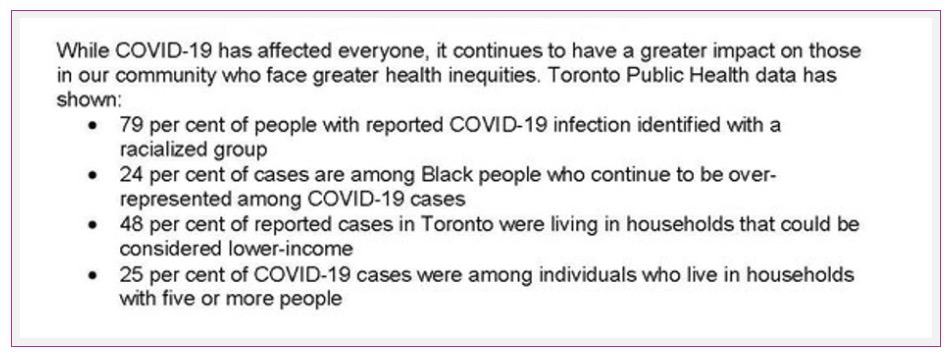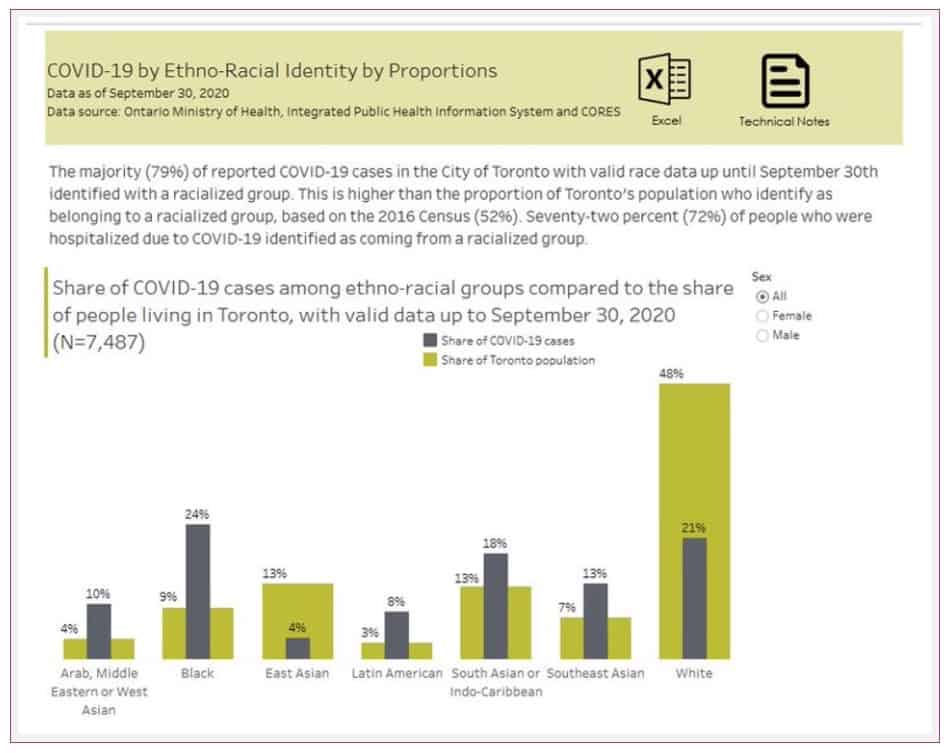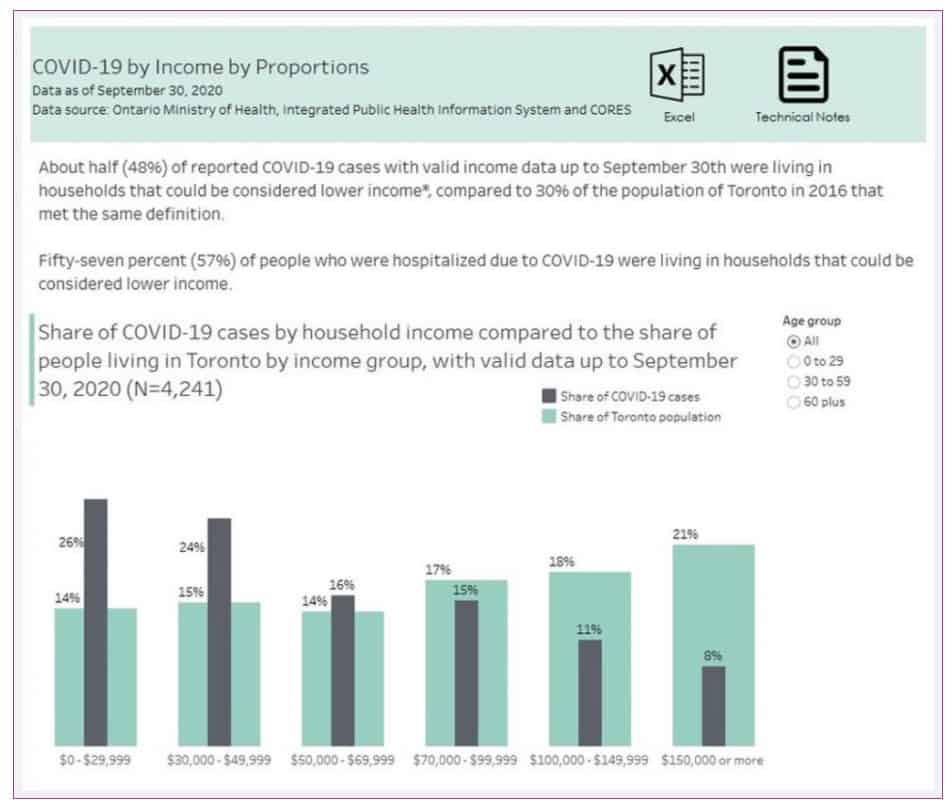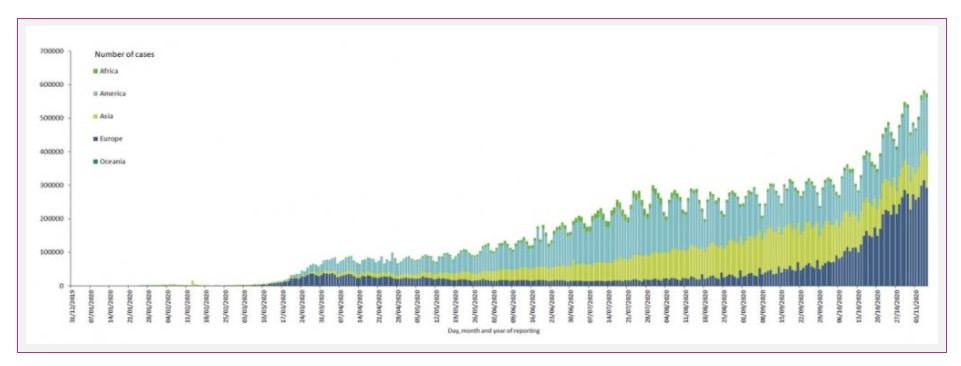Foreword: The information in this article is what we know as of November 11, 2020 – the pandemic situation is quite fluid and information can change rapidly. I post daily updates on social media and publish a weekly newsletter – click here for all my links and to subscribe. Dr. Dina Kulik
Well hello, friends!
Happy Remembrance Day from our family to yours! Thank you to the brave men and women who courageously gave their lives.
We are back for round 4 of the weekly COVID update.
To be honest, when I wrote the first COVID newsletter 4 weeks ago, I thought it would be a one-off I didn’t think you would provide such incredibly positive feedback.
I am thankful for your kind words and your shares and welcome you to continue to forward to anyone you think would benefit.
Friends and family are welcome to join the mailing list for up to date info:
https://drdina.ca/links
In usual fashion, I will provide an update on how we are doing in Canada and the world, and share the bad news, and some good news.
I will finish with my weekly silver linings, as that is how I like to refocus my energy and thoughts. How can we learn from this terrible time and come out of it feeling happy and thankful?
I’ll share my thoughts.
How are we doing?
Let’s start with how Canada is faring.
I do know that many of you reading this are not Canadian. So, bear with me…

As you can see, we are certainly in wave 2, and the numbers are climbing.
You can see that the vast majority of cases were acquired within our borders, BUT, many are from an UNKNOWN SOURCE.
Why does this matter?
Well, if you read last week’s letter, you’ll see that if we don’t know where we got infected with COVID, it is much more difficult to curb the activities that lead to exposure.
Positive cases in your home can be quarantined to prevent further spread.
School contacts that are identified can lead to contact tracing to peers, who can isolate and/or test. But if you are exposed in a restaurant, gym, grocery store or party, and didn’t even know you were exposed, how are we going to effectively isolate cases and prevent spread?
We know what we need to do.
Minimize your exposure to others.
Please stay in small groups, ideally outdoors.
Wear masks, and practice lots of diligent hand hygiene.
And PLEASE, PLEASE, PLEASE, stay home if you are sick.
Even if you have only a mild cough. Even if you have a fever one time.
And please get tested if you meet the criteria for COVID testing where you live.
Giving up on testing is not the way to go.
If we don’t have clear data, we cannot make good, informed, and evidence-based decisions.
Who is getting COVID?
Last week I shared the age demographic data with you.
This week we will chat about other vulnerable groups.
This week Toronto Public Health release sociodemographic data on COVID-19 cases.
I recognize many of you don’t live in Toronto, but this trend is seen in many other cities and countries around the world.
The data shows that people who identify with a racialized group and people who live in low-income households continue to be disproportionately infected with COVID-19.

Some thoughts by Dr. de Villa and Councillor Joe Cressy:

Based on Toronto Public Health, racialized people in Toronto are 3.4 x as likely to become infected with COVID-19 than a white person.

When we look at COVID-19 cases in relation to household income, someone in Toronto who lives in a low-income household is 2.2 x more likely to contract COVID than someone who does not live in a low-income household.
A whopping 48% of COVID cases!

This data shows that COVID-19 disproportionately affects our most vulnerable populations – and highlights the inequality in our own city.
Again, this data has been demonstrated in dozens of other cities in countries around the world.
Poverty, discrimination, and inequality as factors in predicting COVID-19 infection is not a Toronto or a Canada-only phenomenon.
This is a global issue.
People in our communities continue to face systemic barriers and inequality.
I hope the proposed Equity Action Plan is but a first step.
We also have to ensure access to affordable housing, mental and physical health services, and support in our communities for those who need it most.
Then we can start moving towards a more equitable society for all of us.
How is the rest of the world faring?
This is a very telling depiction of COVID-19 cases around the world

We are in a second global wave. But it is looking more like a tsunami than a wave to me.
On to the good news!
We spoke last week about my incredible respect for the many countries that are preventing COVID spread, even in the face of poverty and lack of resources.

We continue to see a similar trend.
Australia and New Zealand continue to impress, and Africa – good on you!
There are increasing cases in Southern Africa, and I hope this does not increase. I’ll keep you up to date.
In addition, much of South East Asia is faring well (as far as we can tell from the data). Laos, Cambodia, and Thailand continue to have few reported cases, despite being so close to China where so many cases were reported.
Impressive!
Last week we discussed the good news that we know how to prevent COVID-19 infection.
No new insights really, the stuff you know:
– wash your hands
– keep your distance from those not in your bubble
– spend more time outside, and wear an (ideally 3-layer) mask.
Many of you are curious about COVID vaccine news.
Pfizer Inc. announced yesterday that its COVID-19 vaccine is projected to be 90% effective, based on early test results.
While exciting, let’s not count our chickens before they are hatched.
Although it’s unlikely for the vaccine to be broadly available before 2021, Prime Minister Trudeau assured Canadians that the government has secured millions of doses so far.
Last week, I shared with you a link to a great resource by the New York Times.
For those of you curious about how a vaccine is created and tested, they summarize well:
PRECLINICAL TESTING:
Scientists test a new vaccine on cells and then give it to animals such as mice or monkeys to see if it produces an immune response. We have confirmed 86 preclinical vaccines in active development.
PHASE 1 SAFETY TRIALS:
Scientists give the vaccine to a small number of people to test safety and dosage as well as to confirm that it stimulates the immune system.
PHASE 2 EXPANDED TRIALS:
Scientists give the vaccine to hundreds of people split into groups, such as children and the elderly, to see if the vaccine acts differently in them. These trials further test the vaccine’s safety and ability to stimulate the immune system.
PHASE 3 EFFICACY TRIALS:
Scientists give the vaccine to thousands of people and wait to see how many become infected, compared with volunteers who received a placebo. These trials can determine if the vaccine protects against the coronavirus. In June, the F.D.A. advised vaccine makers that they would want to see evidence that vaccines can protect at least 50 percent of those who receive it. In addition, Phase 3 trials are large enough to reveal evidence of relatively rare side effects that might be missed in earlier studies.
EARLY OR LIMITED APPROVAL:
China and Russia have approved vaccines without waiting for the results of Phase 3 trials. Experts say the rushed process has serious risks.
APPROVAL:
Regulators in each country review the trial results and decide whether to approve the vaccine or not. During a pandemic, a vaccine may receive emergency use authorization before getting formal approval. Once a vaccine is licensed, researchers continue to monitor people who receive it to make sure it’s safe and effective.
COMBINED PHASES:
One way to accelerate vaccine development is to combine phases. Some coronavirus vaccines are now in Phase 1/2 trials, for example, in which they are tested for the first time on hundreds of people. (Note that our tracker counts a combined Phase 1/2 trial as both Phase 1 and Phase 2.)
PAUSED:
If investigators observe worrying symptoms in volunteers, they can put a trial on pause. After an investigation, the trial may resume or be abandoned.
Where are we at with a COVID-19 vaccine?

This looks encouraging to me.
There are 38 vaccines undergoing testing and > 30 that are closer to being approved.
We are not likely going to have a safe and effective vaccine for COVID-19 in the next year or so.
Possibly more.
We are in this ‘mask-distance-minimize group size’ situation for a while yet.
But we know this works, so that is reassuring to me.
I know it sucks.
I want to hug my friends and extended family.
I want to share a celebratory meal in a restaurant.
I want to have drinks with my buddies.
And I will.
You will.
Let’s be patient – my word for 2020 😊
Onto my silver linings for this week.
1. This pandemic is teaching us
This pandemic is terrible, but it is teaching us and our kids many important lessons; value your loved ones, value your health, value your education.
2. I am so much more aware
I am so much more aware of my kids’ incredible resilience and flexibility. Who would have thought our kids would wear masks all day? That they would keep a distance from their friends? That many would spend their school day from home on a computer?
I certainly didn’t!
But that is the reality AROUND THE WORLD! And I am blown away by how incredible our kids are doing. They are pivoting and adapting and impressing me every day.
3. We are learning in new innovative ways
Not everyone is having a great educational experience right now. But those who have access to good quality education are realizing that kids (and adults too!) can learn in new and innovative ways.
We have the power to teach more kids at one time. One teacher can teach to thousands, hundreds of thousands, or more.
There are so many kids around the world with no access, or poor access, to education. What if we take this new knowledge (pun intended!) and enable more kids to learn from awesome teachers, for years to come?
That would be an awesome discovery and could improve so many lives.
4. My kids are more aware
My kids are becoming much more aware of the world. We aren’t traveling, but the COVID conversation opens up a dialogue about how other countries are doing, how some are thriving, how they live, and the unique challenges they face.
Consider chatting with your kids about how kids in other countries and on other continents live.
You’ll see how fast they learn!
They may even teach you a thing or two!
That’s it for this week.
I hope you and your loved ones are healthy and safe and thriving.
To health,

Dr. Dina Kulik
Dina is a wife, mother of 4, and adrenaline junky. She loves to share children’s health information from her professional and personal experience. More About Dr Dina.

![[Dr. Dina News] IMPORTANT UPDATE re. VIRTUAL CARE](https://drdina.ca/wp-content/uploads/2021/01/dr-dina-kulik-kids-and-virtual-care-1a-400x250.jpg)
![[Dr. Dina News] COVID-19 Vaccine for Infants and Young Children.](https://drdina.ca/wp-content/uploads/2021/04/dr-dina-kulik-kids-and-vaccines-400x250.jpg)
![[Dr. Dina News] COVID-19 Vaccine for Infants and Young Children.](https://drdina.ca/wp-content/uploads/2022/04/DRD-1-400x250.jpg)






